The modern idea of golf originated in Scotland during the 15th century. From there it slowly solidified into a proper sport, with the first modern golf course created as the Old Course in St. Andrews, Scotland in 1764. It took almost another century before the sport created its first professional golf tournament with the Open Championship played at the Prestwick Golf Club in Ayrshire, Scotland in 1860. Since then, golf has grown into a popular sport worldwide, with many competitors entering the field of play. Some professional players, however, hold the biggest wins in golf history.
While the pro rankings have been dominated by certain key players for the past half-century (we’re looking at you Tiger Woods), it doesn’t mean lesser-known pros can’t rise to the top and win huge championships. Many of the most interesting wins in golf history come by way of obscure golfers who get a spark of magic one day and blow past the competition. Either way, the biggest wins in golf run the gamut from flukes to long streaks of winning. In this article, we will explore 20 of the biggest wins in golf history. (For massive wins in other sports, explore 12 of the biggest wins in American basketball history.)
To compile a list of the 20 biggest wins in golf history, 24/7 Tempo consulted a range of history, record-keeping, and sports publications including BleacherReport, PGA.com, and Guinness World Records. Next, we selected wins that showed a considerable margin of victory or set professional golf records. After that, we confirmed aspects of the winners using sites like ESPN.com and Britannica.com.
Tiger Woods, 2000 U.S. Open
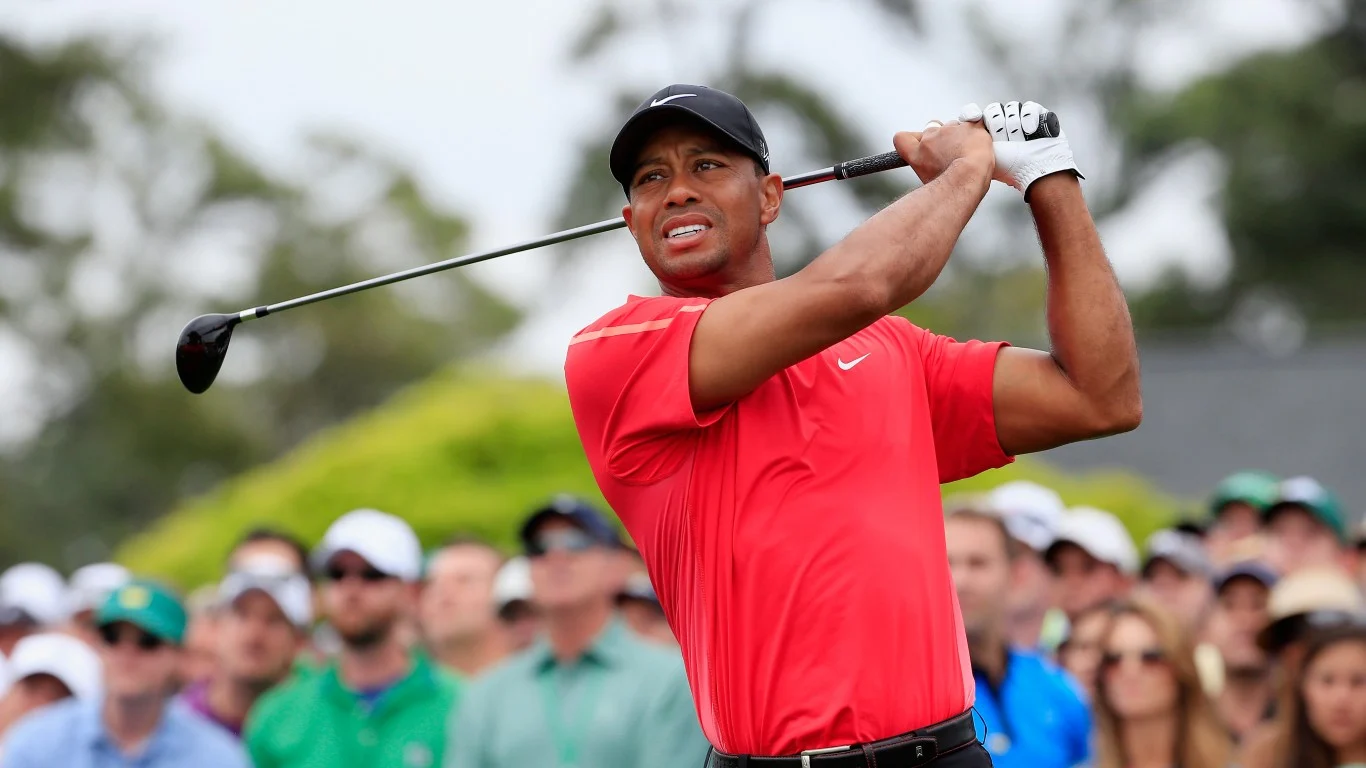
One of the biggest wins in golf history was Tiger Woods at the 2000 U.S. Open. Fresh off his win at the 1997 Masters, Woods brought fierce competition to the Pebble Beach Golf Links at the dawn of the new millennium. By the end of the tournament, Woods finished at 12-under. Meanwhile, his competitors finished at three-over.
This gave Woods a margin of victory of 15 strokes. It was such a big discrepancy that it seemed like Woods was competing in a different tournament. This victory margin still holds the record for Golf. Many consider it to be the most dominant playing in Major Golf history. 2000 was a good year for Woods, as he also won the Masters, the Open Championship, and six other PGA events.
Jack Nicklaus, 1965 Masters

Another of the biggest wins in golf history was by Jack Nicklaus at the 1965 Masters. Due to his six wins at Masters tournaments, people considered him the King of the Masters. Nothing compares, however, to his performance at the 1965 tournament. He won by a then-record of six strokes and set another record of 17-under. Ultimately, Nicklaus won the 1965 Masters with a nine-stroke margin of victory. While his records have since been surpassed, it remains a stunning golf performance.
Tiger Woods, 1997 Masters
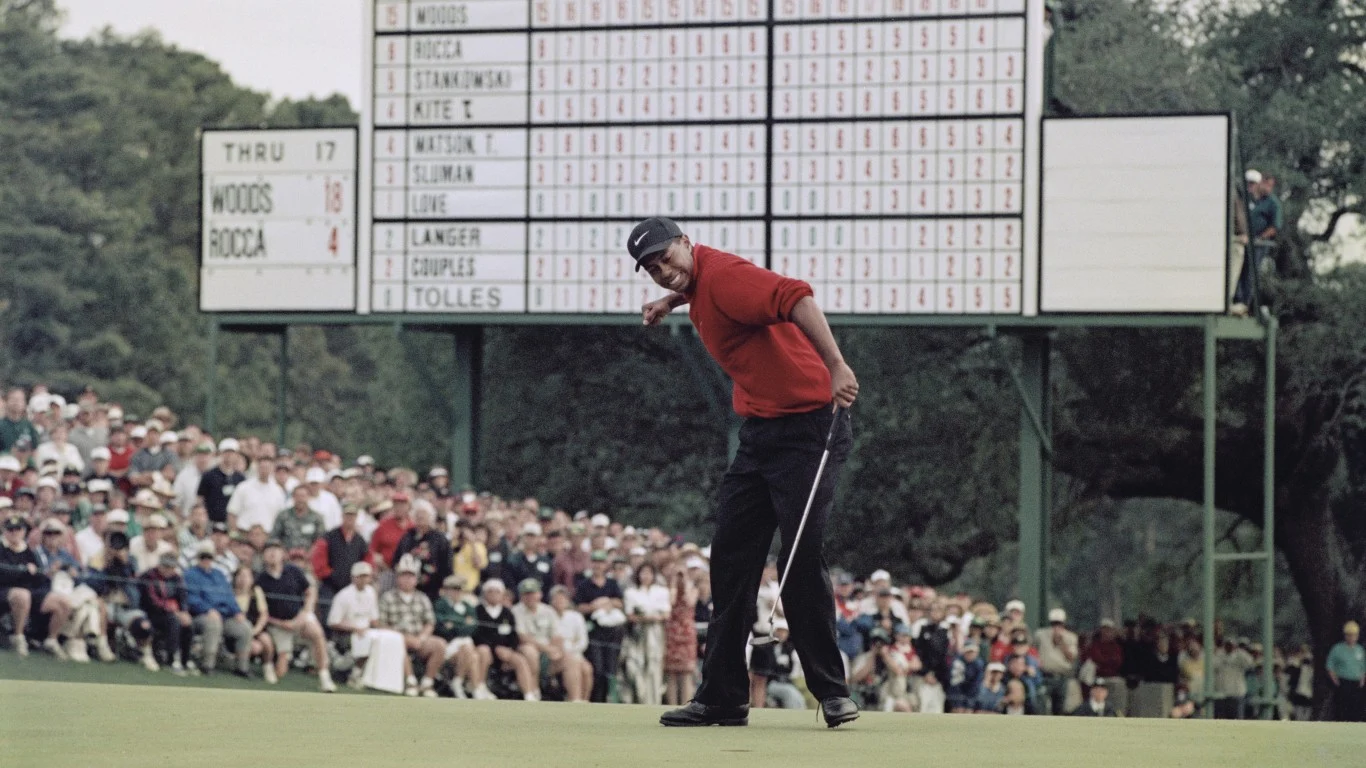
After Tiger Woods came on the golf scene in the mid-90s, people watched to see how far he could take it. As such, his performance at the 1997 Masters acted as a showcase of his latent abilities. By the tourney’s end, Woods won with a 12-stroke margin. This set the record (which still stands) for the largest margin of victory in any Majors and at the Masters. Furthermore, this win made Woods the youngest person to ever win the tournament. It also made him the first non-white player to win the esteemed Masters green jacket.
Martin Kaymer, 2014 U.S. Open

Perhaps more than any professional golf tournament, the U.S. Open is fierce. Played at Pinehurst No. 2 in North Carolina, its roughs are denser, the bunkers deeper, and its fairway far thinner than the average course. It mattered little to Martin Kaymer, however, as he breezed by the competition. While the other pros struggled to make par, German-born Kaymer easily broke it. From there, he won by an eight-stroke margin and set the Open record with a 36-hole record.
Rory McIlroy, 2012 PGA Championship

Another of the biggest wins in golf history came by way of Rory McIlroy at the 2012 PGA Championship. Played at the Kiawah Island Golf Resort in South Carolina, McIlroy had the rankings stacked against him with the likes of Tiger Woods and Vijay Singh. It mattered little, however, as McIlroy won with 13-under and an eight-stroke margin of victory. Not only did it set a record for the largest margin of victory at the PGA, but it also made McIlroy the second-youngest player to win two majors. The other came with his 2011 win at the U.S. Open.
Rory McIlroy, 2011 U.S. Open

Speaking of the U.S. Open, another of the biggest wins in golf history also came to McIlroy at the 2011 U.S. Open. A relatively young player, McIlroy was fresh off a stunning collapse in the fourth round of the Masters. Eager to change the tide, McIlroy stepped into gear at the Congressional Country Club in Bethesda, Maryland.
There, he won the tournament with an eight-stroke margin of victory. Furthermore, he set multiple records including the U.S. Open record with a 16-under score. This made him the youngest U.S. Open winner since 1923. He also became the fourth golfer to ever hit all four rounds in the 60s at the U.S. Open.
Raymond Floyd, 1976 Masters
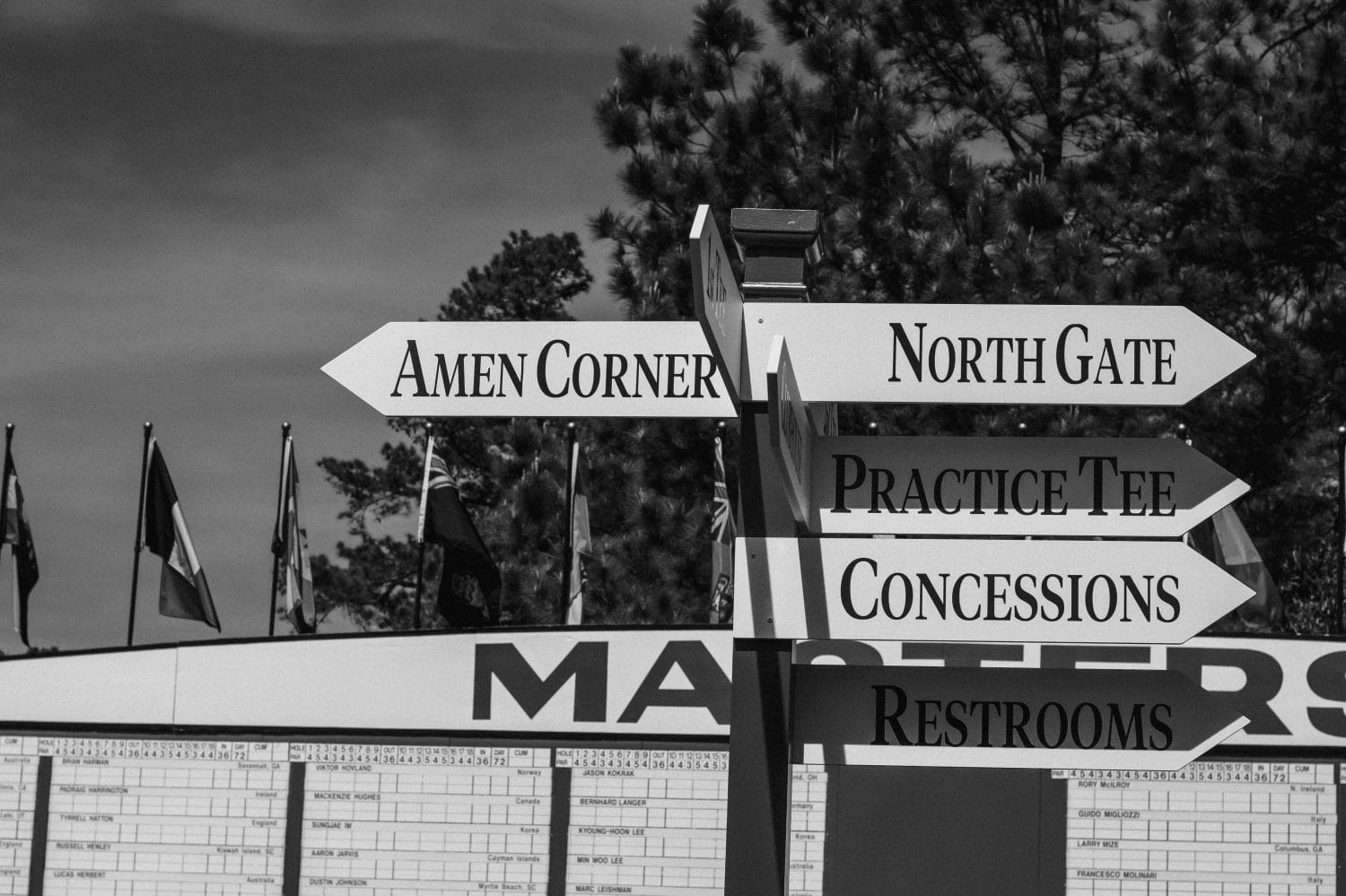
Another of the biggest wins in golf history was Raymond Floyd at the 1976 Masters. Played at the Augusta National Golf Club in Augusta, Georgia, the 1976 Masters featured a who’s who of pro golfers including Jack Nicklaus. This didn’t faze Floyd, however, as he jumped to the head of the pack from the very first hole with a 65 and 66. This became a 36-hole course record.
From there, Floyd eased up a bit on the competition, finishing the last two rounds diplomatically with 17-under 271. This not only tied the tournament record with Jack Nicklaus, but it also earned him his only green jacket. Ultimately, Raymond Floyd won the 1976 masters with an eight-stroke margin of victory.
Tiger Woods, 2000 Open Championship
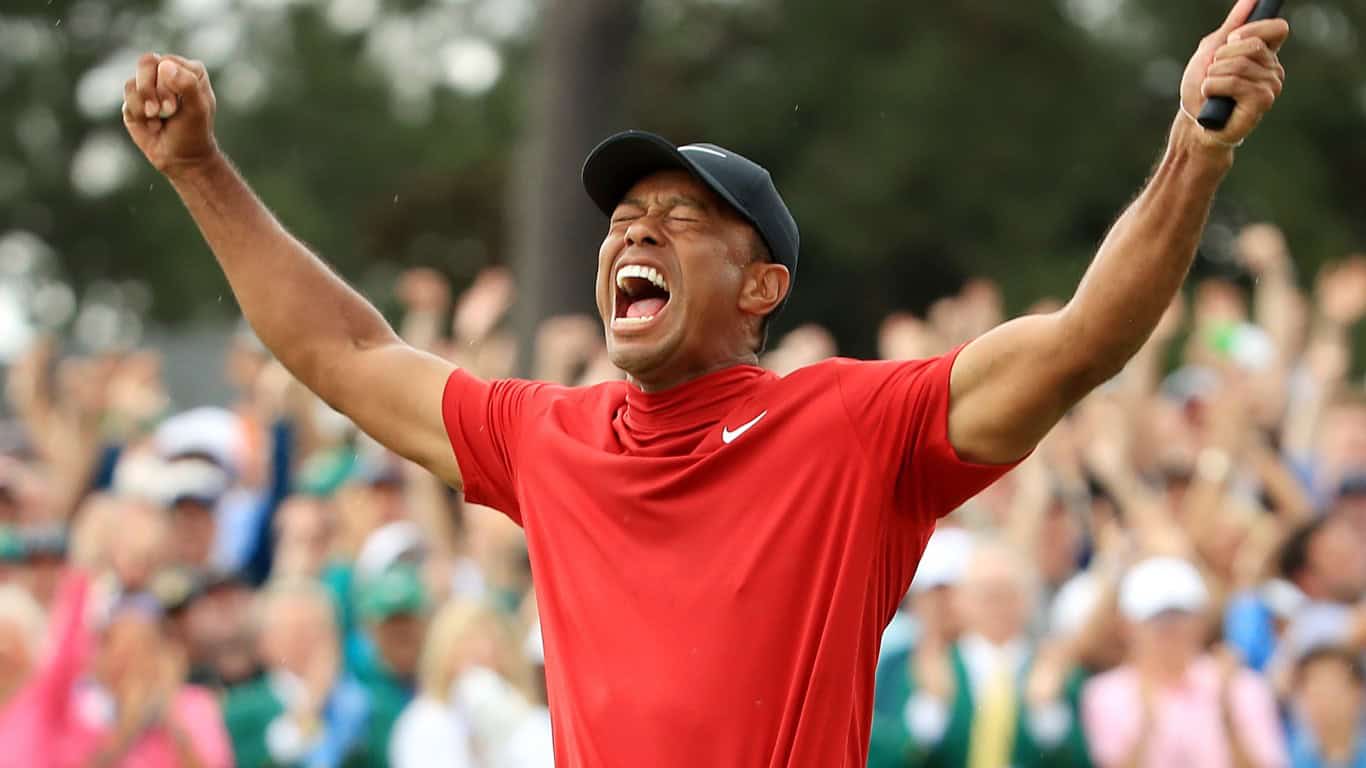
Though mentioned briefly in the first entry of this list, Woods’ win at the 2000 Open Championship deserves more information. Played at St. Andrews in Scotland on The Old Course, Woods blazed by the competition from the outset. By the Championship’s end, Woods won with an eight-stroke margin of victory, finishing with a score of 19-under par.
Not only was this a new record for all major championships, but it also made Woods the youngest player to win all four golf majors. This record elevated Woods into an elite position in golf, only matched by four great players: Jack Nicklaus, Gary Player, Ben Hogan, and Gene Sarazen. (For other unbeatable records, discover 18 sports records that will probably never be broken.)
Louis Oosthuizen, 2010 Open Championship

Another one of the biggest wins in golf history came by way of Louis Oosthuizen at the 2010 Open Championship. Though played on the easier course at St. Andrews in Scotland, competition remained fierce. That’s because 73 players finished under par, with favorite Rory McIlroy tying the course record with a score of 63 in the first round. Ultimately, this high level of playing couldn’t match that of South African-born Louis Oosthuizen.
By day’s end, Oosthuizen took home the Claret Jug after shooting 16-under par and beating second-place Lee Westwood with a seven-stroke margin of victory. Furthermore, this win coincided nicely with South African Leader Nelson Mandela’s 92nd birthday celebration.
Jack Nicklaus, 1980 PGA Championship
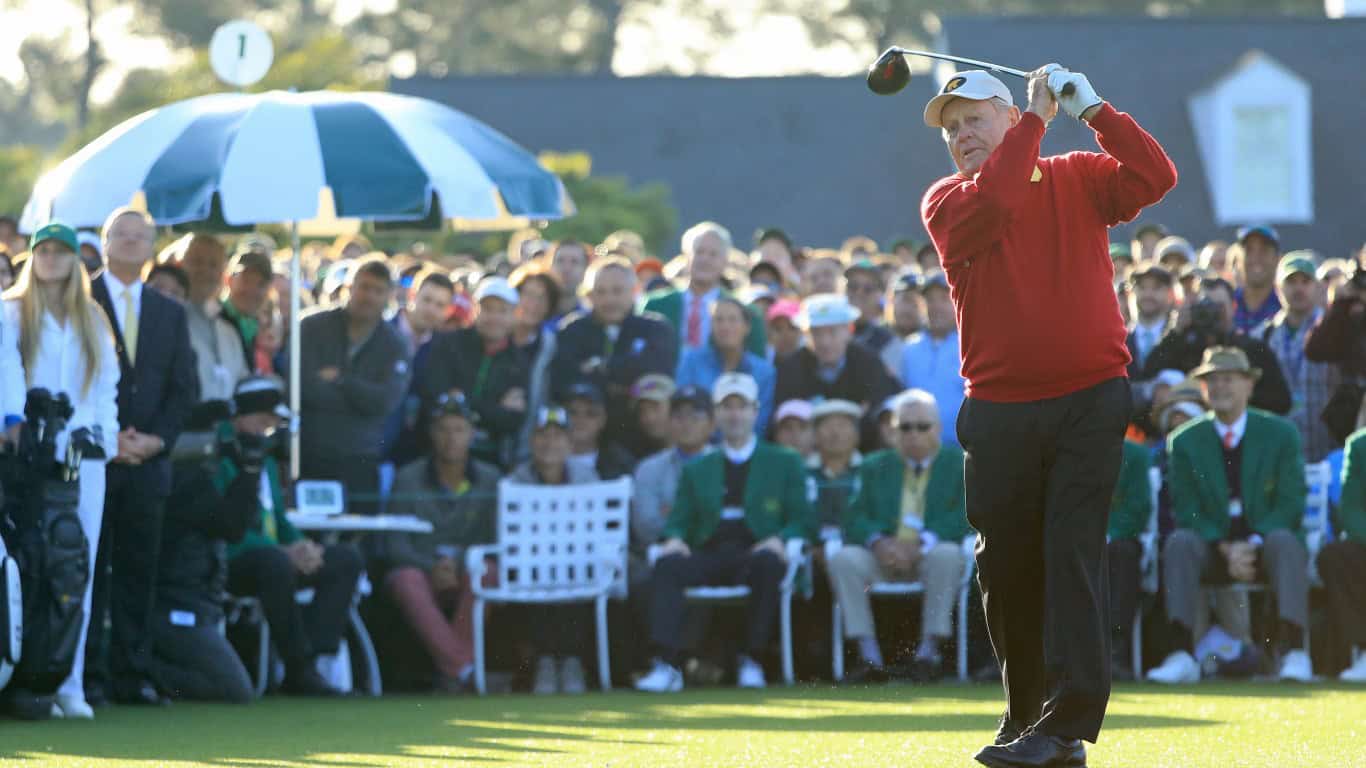
The year was 1980, and Nicklaus had failed to win any regular season matches in several years. Many considered him to be on his last legs as a pro golfer. The 1980 season seemed to confirm the rumors until Nicklaus managed to win the U.S. Open.
Only a few months later, Nicklaus upheld his winner’s status at the PGA Championship at Oak Hill Country Club in Rochester, N.Y. There, he won as the only player to finish under par, beating the runner-up with a seven-stroke margin of victory. Only a year before, critics were quick to write off Nicklaus. In the end, however, he showed them all with his two impressive 1980 wins.
Tony Jacklin, 1970 U.S. Open

Another of the biggest wins in golf history came by way of golfer Tony Jacklin at the 1970 U.S. Open. For years, American golfers dominated the professional arena, winning 38 of the 39 championships. Furthermore, the last English golf champion occurred decades earlier in 1925. English-born Tony Jacklin, however, sought to change that. The 1970 U.S. Open took place at the Hazeltine National Golf Club in Chaska, Minnesota.
Many considered it to be the toughest golf course in the United States. This difficulty mattered little to Jacklin, however, as he won the tournament as the only player to finish under par. Ultimately, he won with a seven-stroke margin of victory against runner-up Dave Hill. This cemented Jacklin’s status and reignited the competition of English-born golfers.
Cary Middlecoff, 1955 Masters
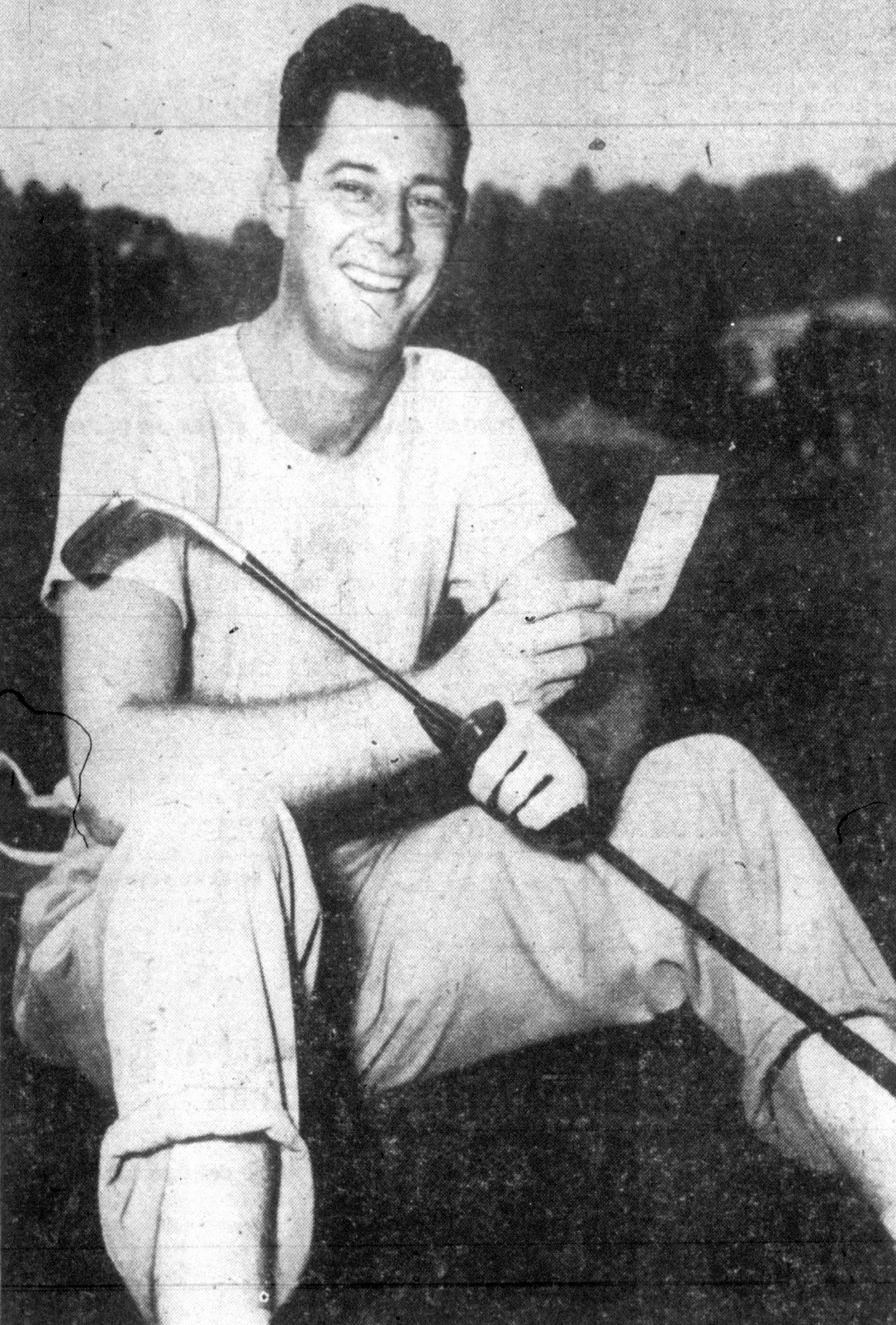
Played since its founding at the Augusta National Golf Course in Augusta, Georgia, the Masters had been dominated for several years by players Ben Hogan and Sam Snead.
In 1955, however, Middlecoff entered the competition and blew past these two players. By the tournament’s end, Middlecoff won with an impressive score of 279. Furthermore, he destroyed course favorites Hogan with a seven-stroke margin of victory and Sneed, with an eight-stroke margin of victory.
Nick Price, 1994 PGA Championship

While some golfers on this list seemingly appear out of nowhere to win, Nick Price maintained excellence for several years. Not only was he the PGA Player of the Year in 1993 and 1994, he had just won The Open Championship. By the time he entered the 1994 PGA Championship, Price breezed past the competition, finishing the tournament with a score of 11-under 269, and winning by a six-stroke margin of victory. For his achievements, Price became ranked the #1 Golfer in the World, a position he held for a whopping 44 weeks.
Johnny Miller, 1976 Open Championship

Another of the biggest wins in golf history was at the hands of Johnny Miller at the 1976 Open Championship. Throughout the early and mid-1970s, Miller saw a virtuoso rise in the rankings. Though his trajectory ultimately proved to be short-lived, he cap-stoned this era with his win at the 1976 Open Championship.
Played at the Royal Birkdale Golf Club in England, Miller was dogged by Seve Ballesteros’ two-stroke lead going into the fourth round. In response, Miller shot a 66 compared to Ballesteros’ 74, winning the 1976 Open Championship with a six-stroke margin of victory.
Arnold Palmer, 1964 Masters

For nearly a decade, legendary golfer Arnold Palmer managed to win the Masters tournament every other year (1958, 1960, and 1962). Like all Masters tournaments, it took place at the Augusta National Golf Course in Augusta, Georgia. Palmer kept up his every-other-year victory streak by winning with a six-stroke margin of victory. Not only did he earn his fourth green jacket, he led the rankings in every round of the tournament.
Arnold Palmer, 1962 Open Championship
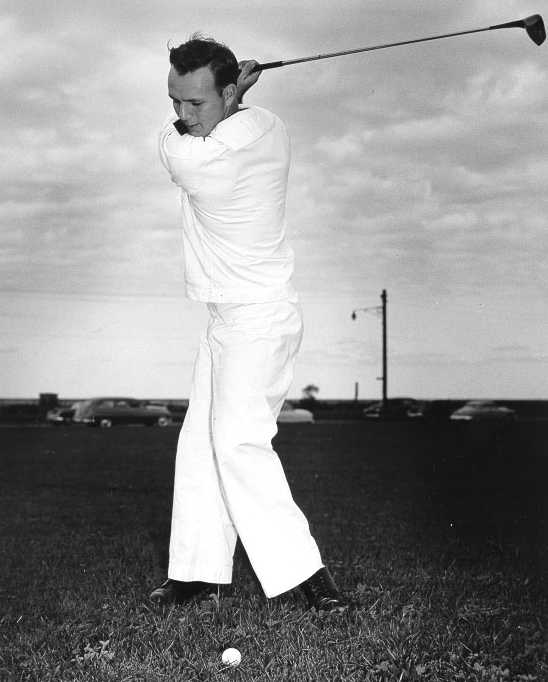
By this time, the Royal Troon Golf Club in Scotland had hosted the Open Championship nine times. Its 1962 hosting, however, proved to be one of the most memorable. By the time he entered the tournament, Palmer held an impressive winning streak, including eight tournament wins and the 1962 Masters Championship. Furthermore, Palmer was the Open Championship defending winner.
Though his performance seemed slow-going in the first round, afterward Palmer blazed past the competition. By day’s end, Palmer won the 1962 Open Championship with a six-stroke margin of victory. Furthermore, he shot 12-under par and made the tournament’s scoring record for several years.
Ben Hogan, 1953 U.S. Open
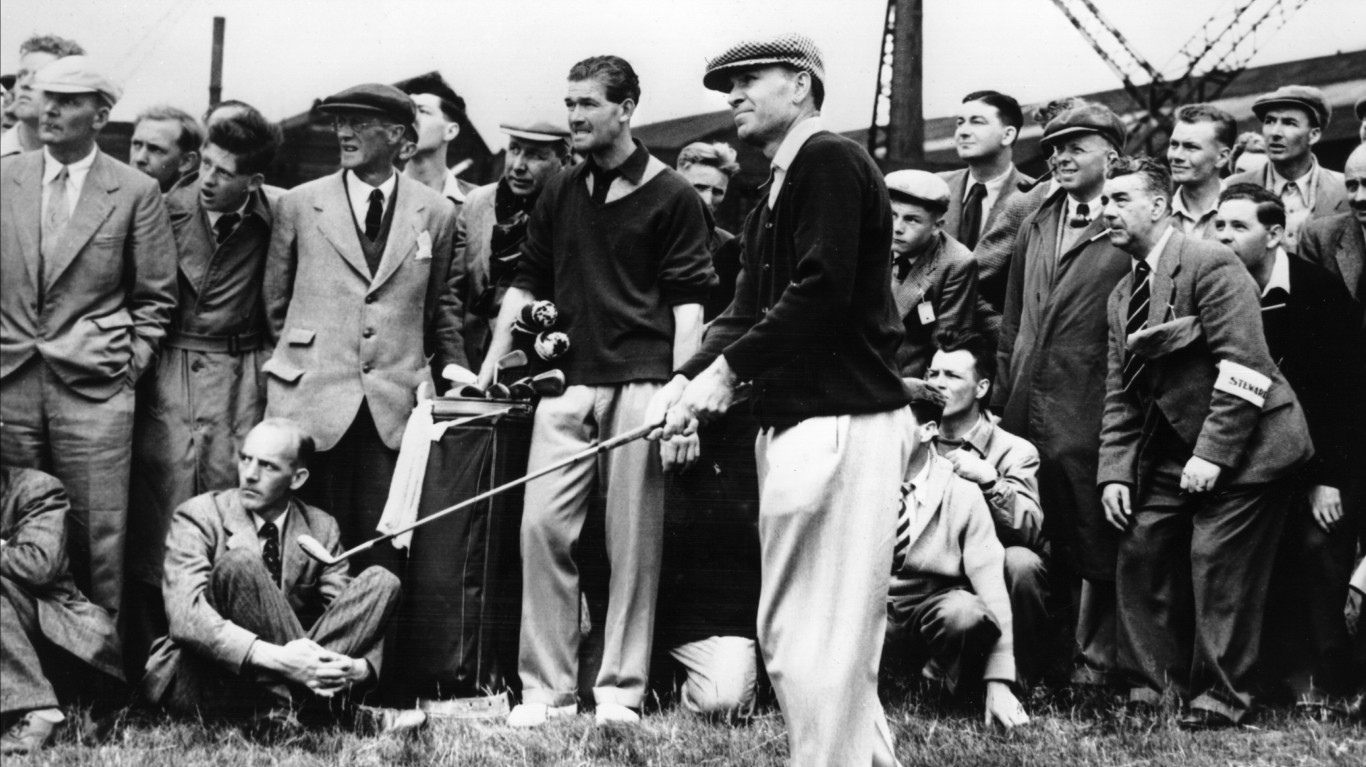
Another of the biggest wins in golf history sits firmly in the hands of Ben Hogan. By the time of the 1953 U.S. Open, Hogan had maintained one of the best years in golf history. He won the Masters, The Open Championship, and the U.S. Open. When he entered the 1953 U.S. Open at Oakmont Country Club in Western Pennsylvania, Hogan was in top form. He won the tournament wire-to-wire, finishing with a six-stroke margin of victory over his biggest rival, Sam Snead. Until Tiger Woods took his ranking in 2000, Hogan was the only golfer in history to win three Majors in a single year.
Tiger Woods, 2005 Open Championship
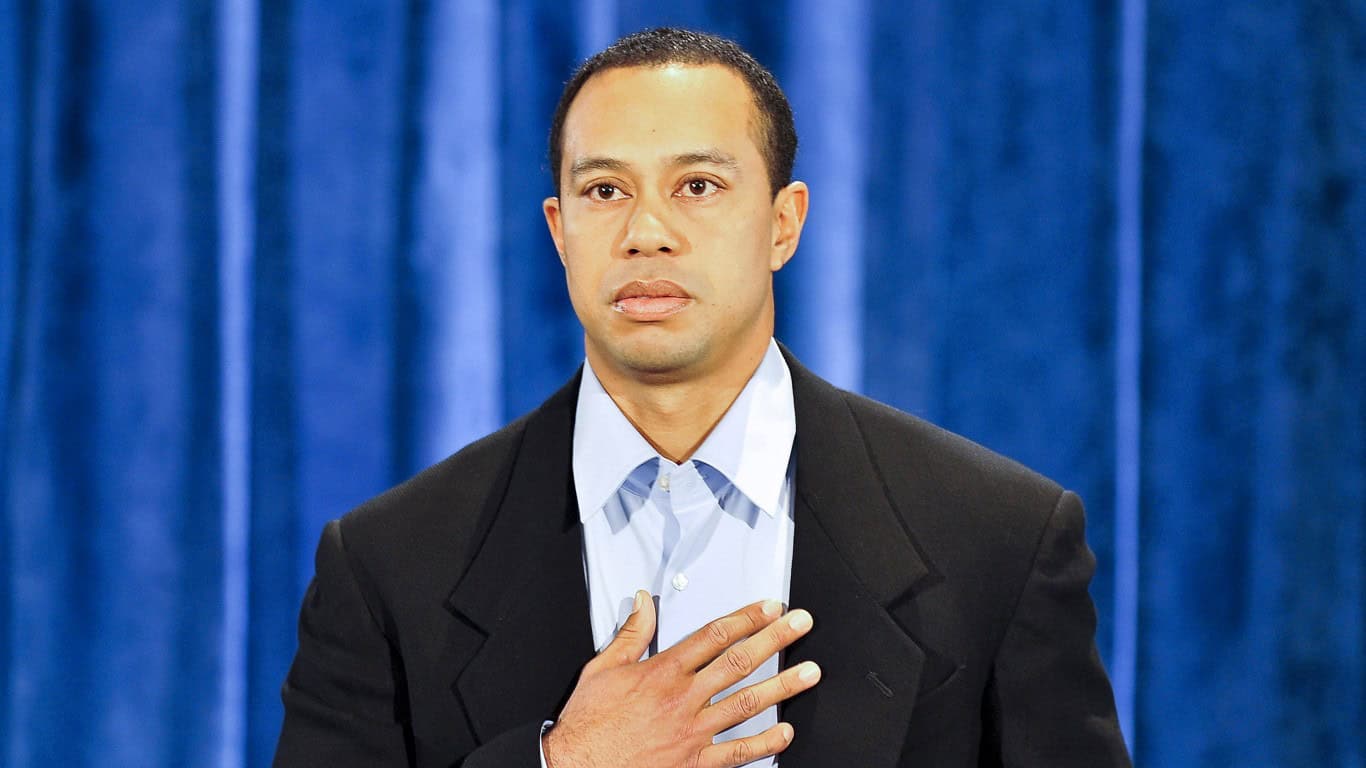
Another of the biggest wins in golf history was Woods at the 2005 Open Championship. By the time Woods entered the 2005 Open Championship at the Old Course in St. Andrews, Scotland, he was a fan favorite. He didn’t let the fans down either, as he effortlessly won the competition by shooting 14-under par and besting runner-up and local favorite Colin Montgomerie with a five-stroke margin of victory.
Tiger Woods, 2006 PGA Championship
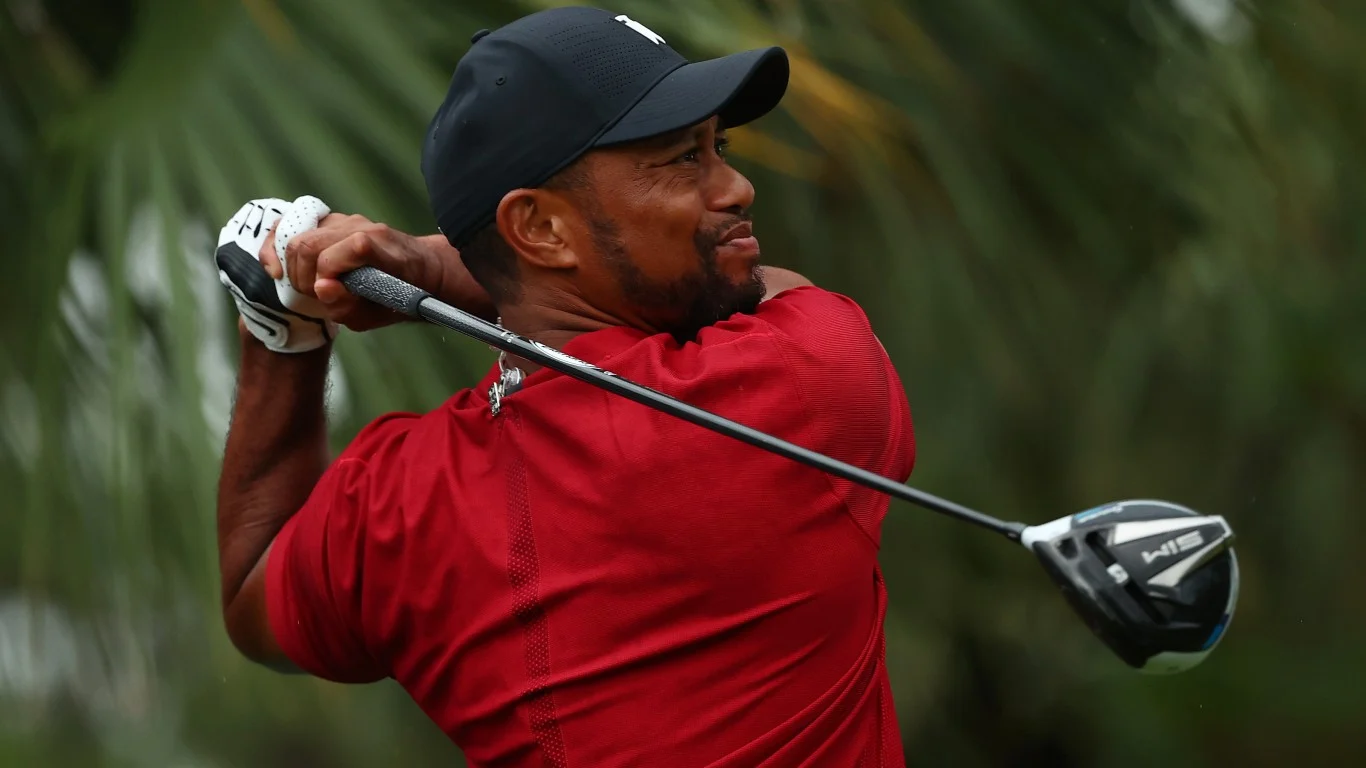
Only a year after his win at the 2005 Open Championship, Woods remained in top form and solidified his reputation for winning competitions on the same courses. Played at the Medinah Country Club in Illinois, Woods artfully won the 2006 PGA Championship. That’s because he shot all four rounds in the 60s, and won with a five-stroke margin of victory over Shaun Michaels. Furthermore, Woods tied the course record by shooting 18-under par. This earned him his 12th Major Victory in professional golf.
Davis Love III, 1997 PGA Championship

A final example of the biggest wins in golf history comes by way of Davis Love III at the 1997 PGA Championship. Hitherto, Love III had a reputation as a great golfer who just couldn’t seem to win a major championship. Looking to prove his naysayers wrong, Love III entered the 1997 PGA Championship at the Winged Foot Golf Club in New York. He quickly took the lead in the first round and managed to keep it up until the contest ended. Ultimately, he closed the competition by shooting back-to-back 66s and beating the runner-up with a five-stroke margin of victory. (For movies with an athletic bent, discover 50 of the highest-grossing sports movies of all time.)